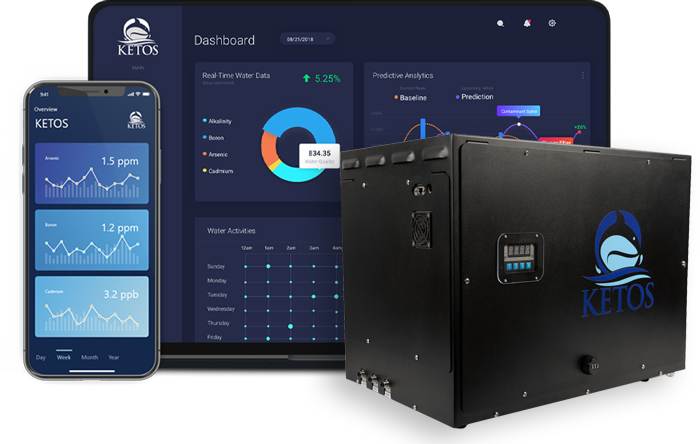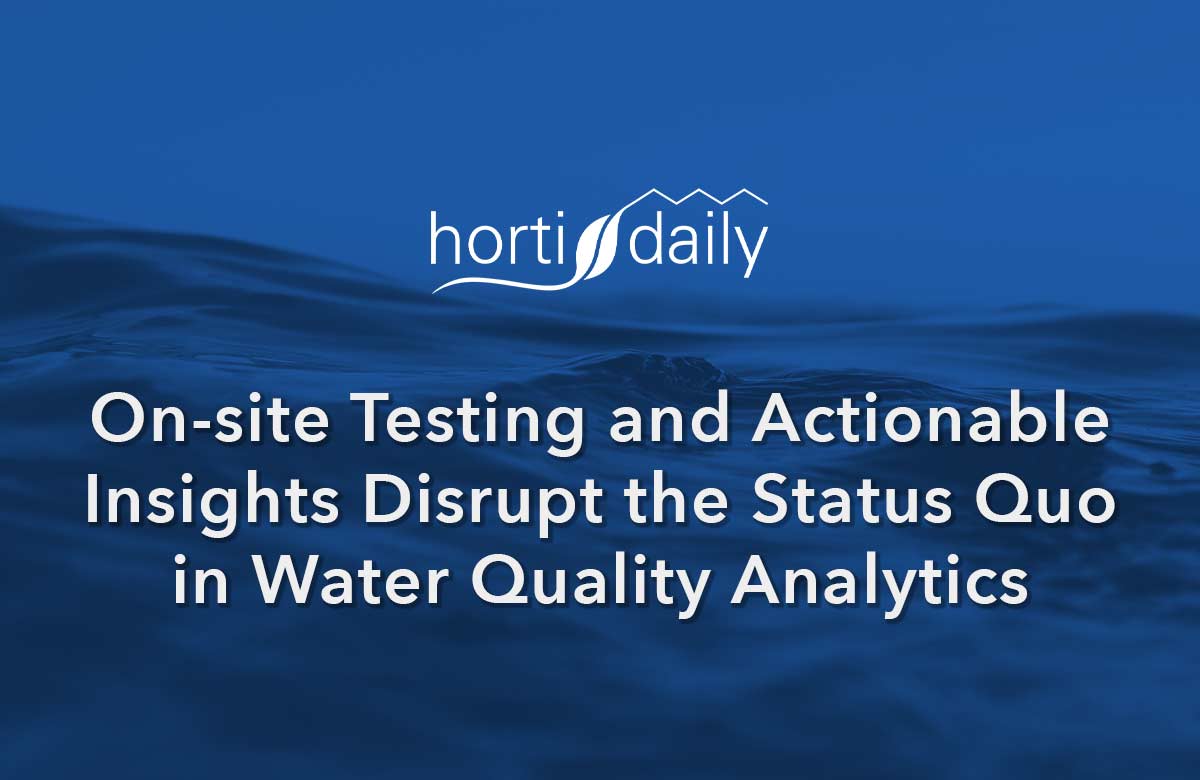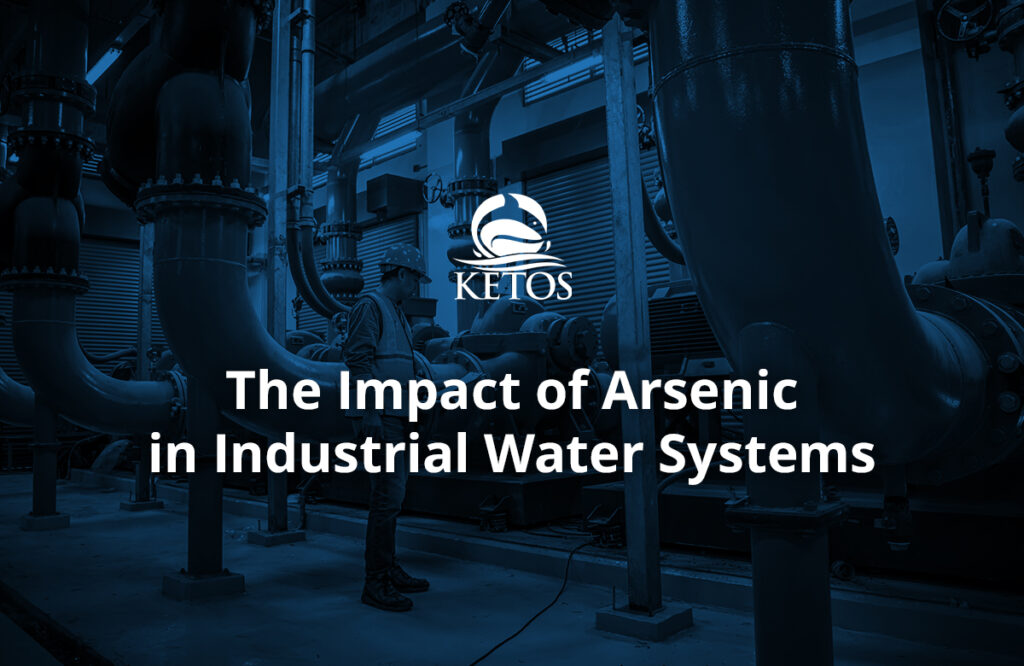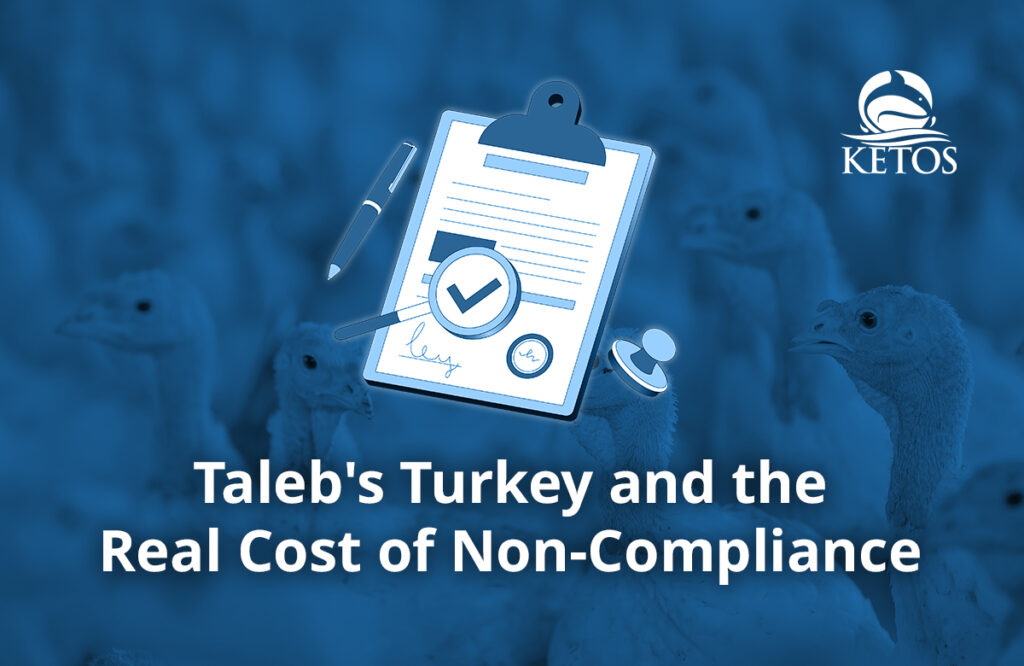In an era where data-driven decision-making shapes businesses in every imaginable industry, KETOS, a pioneering water technology company, is disrupting the traditional landscape of water quality monitoring for agricultural operations. With their innovative platform, KETOS is transforming how growers manage water, optimizing crop health, conserving resources, and ushering in a new era of efficiency.
A Paradigm Shift in Water Quality Analytics
Traditionally, growers have faced challenges managing water quality through labor-intensive and reactive processes. Relying on lab tests that took days to yield results, agriculturalists were left in the dark, unable to respond to changing conditions swiftly. This lag in information often led to suboptimal crop health, resource wastage, and reduced yields.
KETOS is changing the game by introducing continuous real-time water quality data accessible anytime and anywhere. KETOS SHIELD, an interoperable solution, combines cutting-edge hardware and software that plugs into existing infrastructure in order to provide a comprehensive monitoring experience. By installing KETOS hardware alongside irrigation systems, growers gain insights into water quality across their operations. This real-time data empowers water operators to make informed decisions on the fly to optimize nutrient levels, detect imbalances, and mitigate potential issues.
Unveiling the Comprehensive Monitoring Arsenal
One of KETOS’ most remarkable features is its ability to analyze an impressive array of parameters. Starting with three parameters in 2017, the platform has evolved to analyze 30+ parameters, with plans to expand to almost 40 within the next year. These parameters cover a spectrum of critical factors, including environmental indicators (TDS, temperature, conductivity, dissolved oxygen, salinity, pH, ORP), inorganics (alkalinity, fluoride, hardness), heavy metals, and nutrients.
For indoor agriculture operations, this range of parameters holds profound significance. As growers adjust nutrient solutions frequently, the ability to monitor water quality in real-time becomes a game changer. Furthermore, KETOS’ clients in the vertical farming space can opt for real-time granularity, which empowers growers to adapt and refine their operations swiftly, reducing water wastage and enhancing crop health.
Centralizing Water Monitoring: A Revolutionary Shift
KETOS introduces a transformative business model that transcends traditional lab testing pricing structures. Abandoning per-test pricing, the company adopts a subscription-based model, which is facilitating widespread technology adoption. This annual service fee encompasses a suite of invaluable features, including 24/7 monitoring, flexible testing across over 30 parameters, data warehousing, actionable analytics, interoperability with third-party systems, integration of external data, unlimited user licenses, and customizable testing frequency.
This shift to a subscription-based DaaS (Data as a Service) approach not only makes KETOS’ technology accessible to a diverse range of growers but also eliminates data silos that often hinder decision-making. With centralized water monitoring, growers can break down barriers between different teams, departments, or facilities, fostering better communication and collaboration. The ease of access to real-time and historical data empowers growers to make proactive decisions, optimizing operations and driving efficiency.
KETOS is revolutionizing water quality monitoring in agricultural operations through real-time insights and actionable data. As both indoor and traditional farming methods evolve, KETOS stands at the forefront, ushering in a future where data-driven decisions can redefine success in the industry.
Read more about KETOS’ innovative approach to water quality monitoring on HortiDaily.
